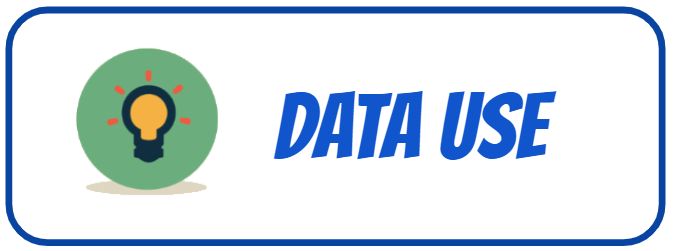|
This category is about building a culture of using data that is shared among educators and students. Students tracking and reflecting on their own data allows them to make educated decisions about their learning path and needs.
Data used with students should always be... in proximity to the data point
must be actionable transparently trackable |
Example Strategies
|
CONSIDER FEEDBACK AS DATA
Use comments on Google Docs to give students feedback in the form of action steps to improve work prior to submission for a grade.
|
Resources:
Tool Suggestion: Google Docs or Google Slides |
|
START A DATA CULTURE
Select evidence of understanding that is trackable (e.g. spelling tests) and develop a weekly class routine of student's checking their progress using the data. Student's can design their tracker from examples collected on a Google Site or in a Google folder or track them in a Google Sheet.
|
Resources:
Tool Suggestion: Google Sheet for creating charts from data |
|
LET THE STUDENT'S SELECT THE EVIDENCE OF LEARNING
Keep a digital or physical portfolio or image collection of work selected by the student to represent their learning. They select their artifacts that show they have mastered a skill or standard.
|
Resources:
Tool Suggestion: Google Site or Seesaw |
|
PRIORITIZE DATA SOURCES
Use Padlet or a Google Classroom discussion as a class to consider HOW they know they are learning - What is Student Data? from the student perspective. Keep a visual class list of sources to refer to to answer "How am I doing?" Have students identify the scale they are being scored on and what each level means.
|
Resources:
Tool Suggestions: Google Classroom or Padlet |
|
INCORPORATE STUDENT INTERESTS
Use a Google Form or a Word Cloud generator to find out what students are most interested in learning about or prioritizing schedule and content options. More attention paid to student interests equates to more engagement.
|
Resources:
Tool Suggestion: Google Form or Tagul (WordArt) |
